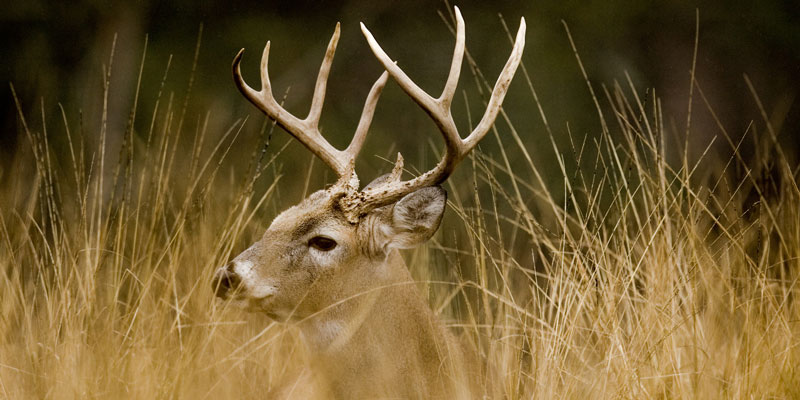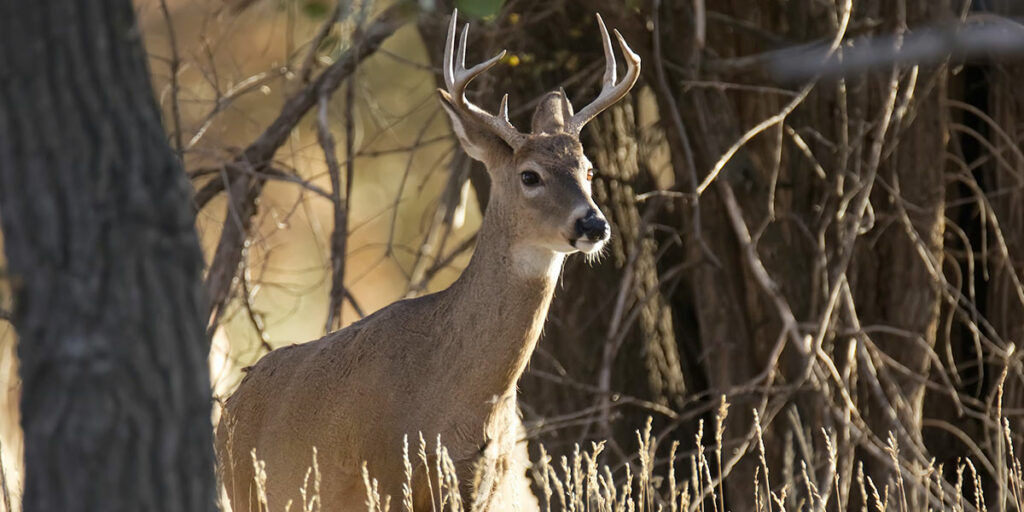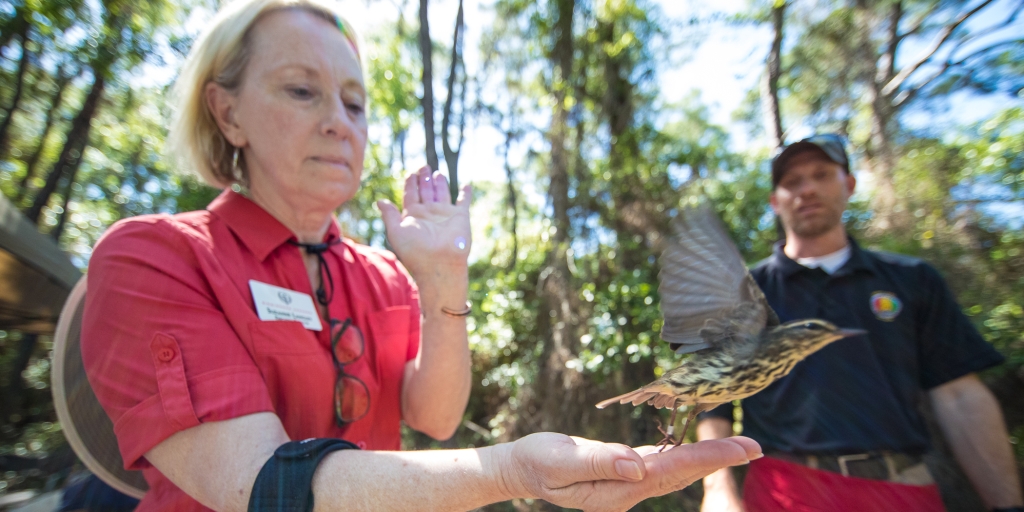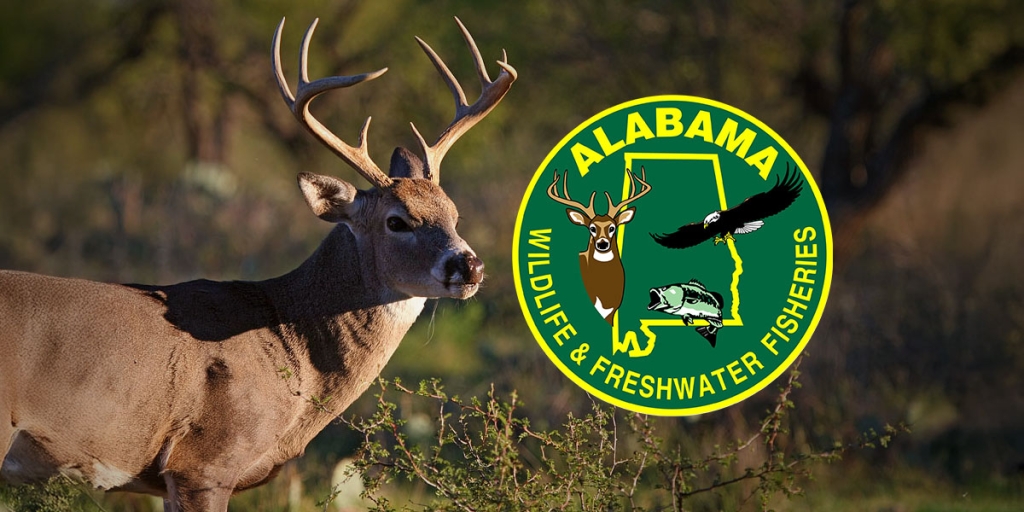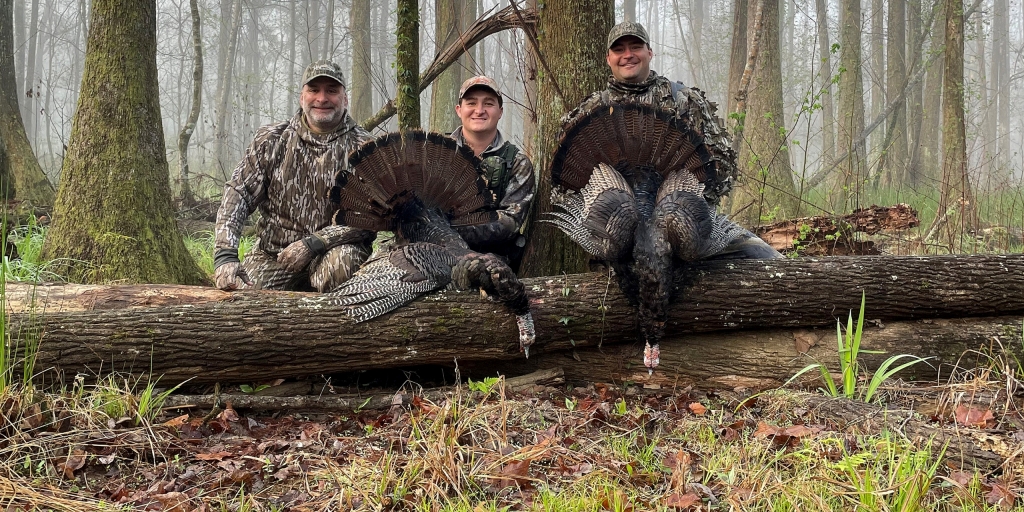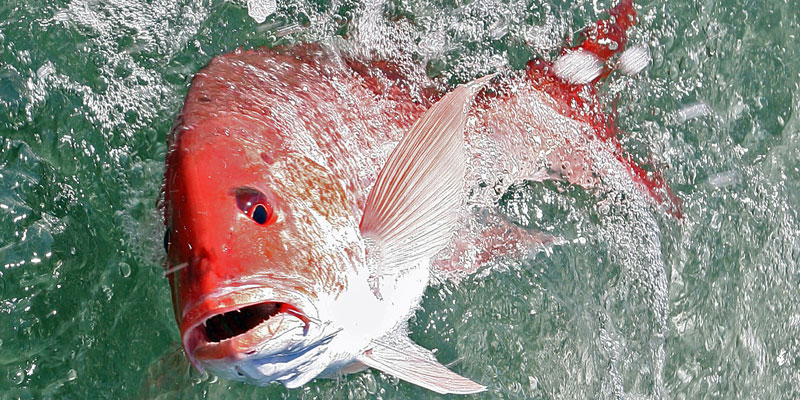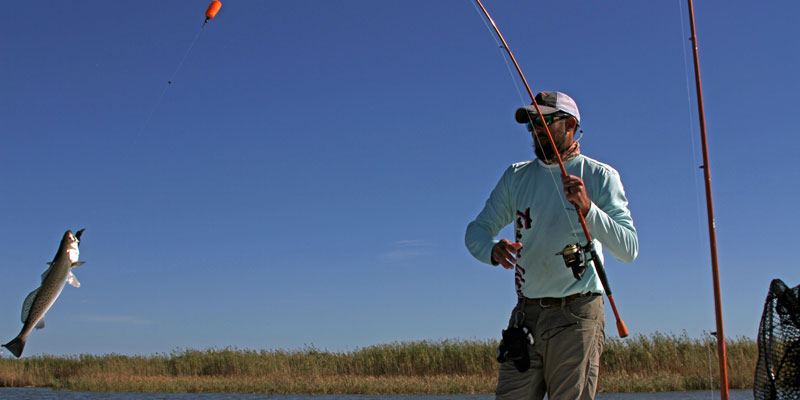
Fall is a magical time on the Mobile-Tensaw Delta. The white pelicans execute their synchronized flying patterns as mullet leap for the sky for no apparent reason. In the distance, the spray from their spouts reveals a pod of dolphins on the hunt as they surround a school of baitfish.
Oh, and the best part – the fish are biting. The inshore fish like speckled trout, redfish and flounder travel up Mobile Bay and end up on either side of Battleship Parkway (Causeway) this time of year as the salinity slowly increases in parts north, and the baitfish and shrimp head into the estuaries.
Patric Garmeson of Ugly Fishing Charters is from the young generation of guides who take full advantage of this angling opportunity in the fall. Savvy in all things social media, Garmeson spreads the word about the fishing in the Delta through platforms like Facebook, Instagram and YouTube.
In the Delta proper, where the five rivers – Mobile, Tensaw, Spanish, Apalachee and Blakeley – form the area rich in natural resources and unparalleled biodiversity, the fishing is dictated more by river flow than cold temperatures. If upstate rain causes the Tombigbee and Alabama rivers to rise significantly, that freshwater flushes through the Delta and will chase the saltwater species back into Mobile Bay and points south.
If the winter rains hold off, the saltwater will continue to inch northward, and the fish will follow.
On our trip last week, Garmeson and I found fish mainly within sight of the Causeway because of a recent rain event that dropped up to 6 inches on Baldwin County. The good news is that freshwater went away fairly rapidly, but it did keep the inshore species from advancing very far up the Delta.
“Typically, we see this fishing in the Delta lasting until Christmas,” Garmeson said. “When it gets cold, then you’ll see the deeper-water areas like Theodore Industrial Canal and the Mobile River start to be productive.
“If you’re tough enough and can handle the cold, you can catch fish all winter. I love fishing this time of year. If the water isn’t pouring out of these rivers on these big rises, you can catch these fish until March. I know guys who have caught fish in Raft, Tensaw and Spanish in that February-March timeframe.”
Garmeson said we started our trip in the channels just south of the Causeway because of a little higher salinity level and an abundance of baitfish.
“You’ve got pogeys (menhaden), shad and glass minnows, so there’s a lot more forage in that area right now,” he said.
We threw grubs on lead-head jigs, tandem Road Runner rigs designed for crappie, and grubs a couple of feet under popping corks. While the jig-grub combination produced slightly larger fish, including a beautiful, 25-inch redfish, better numbers came on the jig under a popping cork, which produces a noise that sounds like trout feeding. The popping cork rig produced trout when the plain grub was ignored.
“We caught them from the bottom of the water column to the top in 7 to 10 feet of water this morning,” Garmeson said. “That bite could last well into December, but those fish may shoot up the rivers following the bait. There are a lot of fish staging up, getting ready to move into the Delta.
“Cold weather seems to be a big factor. They’re going to follow the salinity, but they’re going to move every time you get a good cold front. This last front kind of bunched these fish up and dictates what they do next, which is likely to move up the rivers and look for deeper water where the water temperatures are more consistent. That’s my theory, anyway.”
When the fish do vacate the ditches south of the Causeway, Garmeson said he starts looking for mullet jumping to guide him to his target species of specks and reds.
“While it’s still cool to warm, I want to see some mullet jumping,” he said. “We ran a good ways upriver and we quit seeing mullet. We came back down to where the mullet were jumping and we started catching fish again. If you’re not getting (the boat) up on plane to run around looking for fish, if you just want to troll along and keep an eye on your fish finder, you’re going to be able to see schools of fish. When we ran way up Raft River, I wasn’t marking much on my fish finder, so it was a pretty easy decision to leave. That’s not to say there weren’t any fish up there, but it wasn’t worth the time to stay up there and try to find them.”
Garmeson said anglers who fish the Delta in the fall should be prepared with a variety of baits, both live and artificial.
“Up until this last cold front, you had to have some kind of live bait, whether pogeys or live shrimp,” he said. “Topwater fishing was pretty good until the sun came up. Then you had to have something live to get a bite. On the last couple of trips, we’ve been catching them on a Yum Mud Minnow (plastic minnow bait).
“In September, you could catch a few on the Mud Minnow to find out where the fish were, but you caught more fish on live bait. Now, it seems to have swapped around.”
Garmeson admitted his choice of bait colors happened by laziness. He had asked one of his friends who fishes one of the redfish tournament tours about what grub color to use to catch fish in the Louisiana marsh. The grub had black sides, a glitter belly and a chartreuse paddle tail.
“I got back from Louisiana and still had these grubs tied on,” he said. “I just started throwing them in the Delta and the fish were nailing them. Been throwing them ever since.”
When it comes to rigging and equipment, he uses both spinning and bait-casting tackle with medium to medium-heavy rods, depending on whether he expects to encounter decent-sized redfish. Garmeson uses 20-pound braided line with a 20-pound fluorocarbon leader.
“I don’t think the leader makes a lot of difference,” he said. “There are times when I get in really still areas where I want to freeline a bait, I might drop down a little on the leader size. But most of the time I still go with 20-pound braid and 20-pound leader.”
Before the water temperature cools much more, anglers will likely encounter quite a few fish under the 14-inch minimum on speckled trout. As the temps continue to fall, the fishing gets even better.
“My magic temperature range is 52 to 62 for bigger fish,” Garmeson said. “Until it gets down to that range, you may catch fish on flocks of birds around schools of trout. Most of those fish may be undersized. Those larger fish get active when it gets below 62, and that’s when I feel like I can catch big fish.”
Garmeson and his family can catch some good fish before that perfect temperature range arrives. Just last weekend, his son, Cooper, took first place in redfish and second place in speckled trout in the junior division at the Marsh Madness Fall Fishing Tournament in the Delta.
For information, visit uglyfishing.com or call 251-747-1554.
David Rainer is an award-winning writer who has covered Alabama’s great outdoors for 25 years.






